To the Caribbean without a passport! White sandy beaches, 80 degree sea water, and lots of good eating – welcome to St. Thomas in the US Virgin Islands! The US bought islands from Denmark in the last century, and these tropical vacation spots are steeped with European and African influences, but English is the main language, the mail is delivered via the US Postal service and there’s even an US “National Park” there with hiking travels not far from an underwater marked snorkel trail.
You can be a tourist- see the childhood home of Impressionist Painter Camille Pisarro, the Western Hemisphere’s second oldest Synagogue, the Caribbean’s first Buddhist Temple, and miles of restaurants and shops. You can also just sit until you feel like immersing in the warm waters.
Glide on in with open eyes or a face mask, snorkel and fins.
Float over an endless aquarium or hold your breath, and dive a few feet to get eye to eye with tropical fish, urchins and corals that look like sculptures. The light shimmers and plays. The water gently rocks you.
Sometimes there are surprises…
On a popular beach of Megan Bay, food shacks will deliver to you on the sand for barefoot dining. A few hundred yards away, underwater the fare is fresher and more lively.
Your brain can relax as you take in dozens of different corals- from purple and orange fan corrals to large brain corrals.
And then look up………
-Lisa TE Sonne for Luxury Travel Mavens
Photos (c) Lisa TE Sonne
Here Comes the Sun-Protection
I’m packing for the US tropical islands for Spring Break. Not the Hawaiian Islands this time, but the Caribbean. The US Virgin Islands don’t require a passport and the average water temperature is about 80 degrees . The Saints are waiting (as in the islands of St Thomas, St Croix and St. John) Sun and sea here I come!
The #1 item for packing? Sun protection, and I don’t mean sunblock. Yes, I will pack my favorite, but I can also buy it there and not worry about 3 ounce maximums for carry-on. I mean my clothes. I specifically mean clothes designed for sun protection made by a company called Sun Precaution– a line by Solumbra and referred to as SPF Clothing. I do not want my vacation to be a race to cancer or aging skin! I do want “safe” clothes for outdoor adventure, and sun lounging.
Most people now know that the sun’s rays can penetrate t-shirts and go through windows and do damage, and that we rarely apply sun block thoroughly and often enough to fully work. Do you know how many ounces you could go through in a vacation outdoors if you fully followed the instructions?
“Medical Solution” Fashion
When Shaun Hughes got melanoma skin cancer in his 20s, he got inventive too. He created and patented what he calls a “medical solution” — a tightly woven cloth that is tested to be SPF (sun protection factor) of 100. And then he developed a line of clothing other people would wear too. He has made improvements over the last 20 years based on research and fashion.
There are Sun Protection stores now on the West Coast (Santa Monica and San Diego in California, and Seattle, Washington), but I liked perusing the goods online, organized by item or by activity.
For my last trip to Nicaragua, I took three long-sleeved shirts, two pairs of long pants and two hats to give them a real test (me). They were very lightweight and took up little room, so I could still fly carry-on for an 8 day adventure trip, if I wore my hiking boots and jacket on the plane ( I did.)
The complimentary colors allowed mixing and matching for many outfits. I added jewelry and scarves for accessorizing. The extras also dressed up the outfit and detracted from any sense of Safari motif.
I also supplemented my traveling wardrobe with a skirt, a little black dress, and two Scottevest items that were also on trial (a long jacket with hidden pockets and their cargo pants with pockets. These clothes are not designed for sun protection, but with multiple pockets to free up hands and eliminate the need for a shoulder bag. ) Verdict: Keepers for travel and home. The long -hanging lightweight jacket dressed up my other shirts, travelled wrinkle free and gave me the extra warmth needed in the evenings. It’s flowing lines attracted compliments too.
Solumbra Lessons on the Road
Here’s some of what I learned about my “SPF Clothing” during the active experiment in Nicaragua;
*I was the only one in a group of intrepid wonderful travelers on the Austin-Lehman trip that did not have some part of me get sunburned at some point during full days of city and nature activity.
*The ventilated shirts were well-engineered and breezy, so I didn’t get hot and sweaty the way I would of in jeans and a t-shirt.
*The hats were flexible enough for me to bend back the rim when I needed to for photography. The chin strap saved the windy day when others were chasing after their hats.
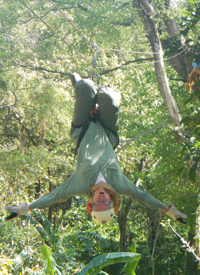
Zip-lining in Nicaragua with Solumbra shirt, Scottevest pants, local red hibiscus and helmet on an Austin-Lehman Adventure
*I didn’t suffer from any bug bites either (I had sprayed everything with Sawyer’s Clothing insect repellent before the trip- “good for six weeks protection against ticks chigger, mites and mosquitos”)
*The clothes are versatile and hardy. They (sans hat) worked:
- upside down while I was ziplining,
- under the thick overalls worn for ash-boarding down a volcano,
- after getting splashed in kayaking (they dried quickly),
- during horseback riding in the jungle under monkeys and on the gorgeous beach of Morgan’s Rock.
* They served well too as good city-tour clothes and kept me comfortable (culturally and physically) when we visited the cathedrals, restaurants and museums of Leon and Granada.
*They are easily hand-washable and so thin they dry relatively quickly. I tested this out after sitting in a wet field to get a better angle for a photo of a volcano, and after getting chocolate spread on the pants accidentally when I went for a chocolate massage (another story for another time.)
*The clothing is so soft that I felt sometimes like I was wearing pajamas. I now like wearing them at home and around town for errands.
And in conclusion…
So, in conclusion, it’s all going with me to the Caribbean too. I just wish I had thought to get the “skirted sea leggings” and “swim top” and maybe surf jacket for all the time I plan to spend in the water! Snorkeling, paddle boarding, swimming, maybe the new jetpacks. How wonderful not to worry about going back to shore and re-lathering legs and arms and back, and trying to do it without acting like a glue-magnet for sand.
Now, where’s my swimsuit? And what books should I bring ?
Lisa TE Sonne, Luxury Travel Mavens
Photo of Shaun Hughes from Sun Precautions Website as well as first story image
Feature image of St Croix provided by US Virgin Islands Tourism
others taken on Austin -Lehman Adventures Nicaragua trip
Luxury travelers can afford to make choices for choice travel, so why not aim for destinations that are sensational and “sustainable,” places that are both good and great? But how can you tell what’s marketing for the green of your pocketbook and what’s for the green planet? Who is ranking and rating? And how and why? In some of my columns this year, we will look at some “Choice Travel.”
We start with six sensational, “sustainable” destinations chosen by The Global Sustainable Tourism Council (GSTC), a group founded by the World Tourism Organization, United Nations Environment Programme, UN Foundation, Rainforest Alliance, Sabre/Travelocity to ” be a global initiative dedicated to promoting sustainable tourism efforts around the world.”
- The Fjords of Norway
- Teton County,Wyoming
- Mt. Huangshan, China
- St. Kitts & Nevis, Carribbean
- Lanzarote, Canary Islands, Spain
- Okavango Delta, Botswana
According to the Global Sustainable Tourism Council’s (GSTC), the destinations above and below meet the new and evolving GSTC Criteria for Destinations that “a destination must reach in order to move toward social, cultural, and environmental sustainability—maintaining the cultural and natural attractions that tourists come to see, while benefiting the local population. This pioneering group of destinations will be the first to test and provide feedback on the Destination Criteria, which complement the GSTC’s existing Criteria for Hotels and Tour Operators.”
If you are interested in traveling to a place not on the list above, Kelly Bricker, Phd, board president of GSTC, recommends that you “Look for third party certifications from recognized bodies when booking an accommodation and/or tour operation.” The GSTC website posts their growing list of approved third party groups that vet with the same standards as GSTC.
As provided by the GSTC. here are the words and images of six places aiming to be memorable for you and future generations:
Where in Wyoming?
GSTC: “Wyoming’s Teton County–takes pride in a long history of sustainability, dating back to the creation of the world’s first national park, Yellowstone, in 1872; forty years later, local outcry at the elk starving near the town of Jackson led to the creation of the National Elk Refuge, and less than 20 years after that, Grand Teton National Park was added to the county’s roster of natural splendors; the Teton and Yellowstone area comprises the largest intact ecosystem in the continental U.S.
Says Jackson Hole Chamber of Commerce Executive Director Tim O’Donoghue, “As stewards of one of the most beautiful places on Earth, our community has made a strong commitment toward sustainability, with significant results. Our participation in the GSTC Early Adopter Program gives us the tools to achieve even more.”
Sustainable in Africa
GSTC: Botswana’s Okavango Delta region is one of Africa’s premier wildlife destinations, famous for the enormous herds of elephants, buffalo and other animals that flock to this oasis within the Kalahari Desert each spring. Despite pressure from mining and farming interests, the area has been developed with a “low volume, high yield” model of ecotourism—fewer visitors, paying higher rates than those in other parts of Africa. This model has since been replicated elsewhere, leading to greater economic benefits with less environmental disturbance.
Spain’s Sustainable Destination
GSTC: Lanzarote is the easternmost of the Canary Islands, just off the African coast but belonging to Spain. Of nearly 500 animal species found only on the Canary Islands, 97 are endemic to just Lanzarote. This great biological wealth, along with year-round sun, quaint fishing villages and lovely beaches, make the island a popular tourist destination. But Lanzarote has been careful about its tourism development. The island has been declared a UNESCO Biosphere Reserve, and more than 40% of its area is protected.
China and GSTC
GSTC: In China, Mt. Huangshan—known for its spindly granite peaks and the painterly pine trees that grow up through their cracks—sees more than 2.5 million visitors every year. The area’s administrators have already made efforts to reduce the impact of these sightseers by promoting alternative footpaths, encouraging winter visits, and closing the most frequented “hot spots” on a rotating basis.
Norway’s Beauty
GSTC: Likewise, Norway’s Fjord region, along the country’s southwest coast, has been attracting travelers since the mid-19th century. In 2006, two of its fjords were named among the world’s best-cared-for UNESCO World Heritage Sites, and the region has published a “white book” to help other destinations develop sustainably. But they’re eager to do even more explains Fjord Norway’s CEO, Kristian B. Jorgensen, “Being part of the GSTC’s Early Adopter program is a very concrete way of helping us find the balance between preserving our spectacular landscape and growing as an attractive, nature-based travel destination.”
Sustainable Carribbean
GSTC: The twin-island nation of St. Kitts & Nevis is relatively new to tourism, certainly when compared to some of its Caribbean neighbors. However, the destination has seen exponential growth in cruise visitors over the last few years and the government is eager to make sure that this development happens sustainably and with the preservation of the local culture and environment in mind.
In the coming months, a sustainable tourism consultant will visit each of these early-adopter destinations to see the criteria implemented, and to provide valuable feedback as the GSTC finalizes the Destination criteria. Once the GSTC publishes its revised criteria, these early-adopter destinations will have the opportunity to apply for formal recognition that they operate in accordance with these universal principles of sustainable tourism
The GSTC is collecting comments from the public on the criteria; input and suggestions can be made online.
GSTC is also currently conducting a second review phase for additional destinations.Destinations interested in becoming an early adopter of new Criteria for Destinations are encouraged to contact the GSTC as soon as possible.
The GSTC works to expand understanding of and access to sustainable tourism practices; helps identify and generate markets for sustainable tourism; and educates about and advocates for a set of universal principles, as defined by the Global Sustainable Tourism Criteria. The Criteria is a set of voluntary principles that provide a framework for the sustainability of tourism businesses across the globe, and is the cornerstone of our initiative.”
All the images in this piece and the words above about the destinations are the point of view and information of the GSTC as part of a new series to look at how travel can best enrich the traveler and the destination. As tourism grows as an important part of nations’ economies, and people’s lifestyles, the impact on cultures and ecosystems is even more critical. And the luxury traveler’s choices increase.
Please let me know if you have suggestions for my upcoming pieces on “Choice Travel” –people or groups like Irene Lane at Greenloons which offers “green” trips and lists goals for ecotourism. Please share your own experiences and join the dialogue about how “luxury” and “sustainable” can be in the same sentence.
-GSTC materials included in this week’s column by Lisa TE Sonne for Luxury Travel Mavens
“Don’t look at your feet. Look forward.” That was the main advice for our first foray at stand-up paddle boarding or “SUP.”
A few of us newbies gathered on a sandy patch near Aquadilla in northwestern Puerto Rico for a lesson from Aquatica Dive & Surf which also offers surfing, diving, and snorkeling. Arcing in front of us lay a beautiful natural classroom and playground: to the left, the Atlantic Ocean, straight ahead, a placid lagoon; and to our right, an inviting, meandering, calm river, flanked by lush jungle growth.
All the waters were warm compared to many other places in the continental US where paddleboarding is taught, and the conditions were gentle for optimal beginner’s luck.
“It’s all about balance” was the other advice given as we pushed our long boards out into the lagoon. Guides were nearby to help steady us if we needed it. I got into a kneeling position in the middle of my board, placed the single paddle perpendicularly in front of me, and then used it to push myself first to squatting, then to standing position.
Wow! I was up on a paddle board! Things felt tippy at first, until I found my own sweet-spot on the board. From then on, it was relatively stable. For me, paddling was easier than just standing still.
The long pole with a curved paddle at one end had been adjusted to my height, so that one hand could push down on the handle, while the other hand mid-pole pulled it toward me. Pushing and pulling the paddle in the right amounts is one form of balance. Being in the optimal position on the board is another. Finding the body posture that works is also a key element of balance – not leaning back or forward too much, knees slightly bent. Most of that, the body seems to do automatically.
To control direction, you can back-paddle the way you might while kayaking. You can also switch the paddle over to the other side, which also means switching which hand is on top and which is in the middle of the paddle.
It was about the shortest learning curve of any new sport or recreation, I can remember– certainly easier than anything involving a ball or wheels. Soon, we were heading up the river, first-time paddlers (ages ranging from the 20s to 60s) relishing the pleasure of something new.
We could be close enough for conversations or find our own niche in nature to listen to the wildlife and enjoy the jungle fauna.
It took just enough effort and attention that my mind was cleared of other worldly things. But not it did not require so much concentration that I couldn’t hum a spontaneous paddling tune, take photos with my waterproof camera, or just make up a jungle adventure.
Beautiful orange flowers floated. Coqui frogs added to the chorus. Occasionally a bird would swoop nearby. The river was so gentle, it was encouraging for practicing different speeds and directions. The water was so warm that the idea of falling in was not intimidating.
We had seen stand-up paddle boarders out at sea where conditions can be much more challenging. Those paddlers may also have the thrills of catching waves. Kneeling or laying on long boards to catch waves goes way back in Hawaiian tradition. The kind of recreational stand up paddle boarding or “SUP” we were learning has been growing in the last few decades with the advent of new board designs.
Shore Leave
Our little quasi-intrepid group spread out and paddled under a bridge, and past a rope swing until we were gathered near a muddy shore where some branches hung low. We helped each other ashore for a land hike.
The cleared jungle trail lead through thick growth to an early railroad tunnel in Puerto Rico, built in 1906. Naturally we felt compelled to walk through the dark passage until we saw the light again.
Paddling back to our original shore, I thought about how much this “lesson” had been like my first surfing lesson in Waikiki on Oahu- the warm waters, gentle conditions and beautiful scenery there had made it an optimal place for a sense of fun and success the first time out. The same was true here for my first SUP chapter.
At the end of our group journey, one person said she thought it was boring as a sport. She was teased that she should try it in the ocean before reaching any conclusions. Two other people said they thought paddleboarding was more fun than kayaking. One because he likes being up above the water, the other because it uses legs as much as arms. A fourth person said she really loved it and would pursue it more when they got home.
All were all glad we had tried a new way to enjoy Puerto Rico’s natural beauty and man-made features.
The Luxury Elements:

The view from the Eclipse Restaurant, part of the Villa Montana Beach Resort in Puerto Rico. The Resort can help arrange horseback riding on the beach, paddleboarding, and massages.
To make paddling in Puerto Rico a more luxurious experience, you could stay at Villa Montana Beach Resort, not far from the International airport in Aquadilla, (or find out what the Heliport sign is all about.) The spacious villas can be your home base for biking, horseback riding on the beach, tennis, golf, pool lounging, and tide-pooling.
The resort’s alfresco seaside restaurant, the Eclipse, offers wonderful food and views, and delicious fuel to start your paddling day off with gusto.
To end your day with soothing luxury, arrange in advance for a private massage by the shore or in your own villa.
You could open the door to your place and be greeted by dozens of candles, sweet smells, and a talented masseuse ready to ease any muscles you challenged while enjoying paddle boarding and hiking. If you want romantic ambiance for yourself or mate, trails of rose petals can be arranged, too.
Some Practical Tips for PaddleBoarding:

*Wear water shoes with good support and grip (although some people prefer barefeet to help their balance.)
*Secure your glasses/sunglasses with a strap that floats
* If you want to wear a hat, make sure it has a strap
*Pre-spray bug spray on yourself, and your hat
* Bring/borrow a waterproof bag for your camera and anything you want to keep dry
*Bring water with you to stay hydrated. Make sure the guide has plenty before you start out.
* And, of course, check with your doctor first, if you have any relevant medical conditions!
Tips While There:
*Watch others to observe what works and what doesn’t
* Listen to the guides– they should know where it’s safe to get off near shore and where the submerged logs are, etc.
*Ask for a “dry bag” if you want to bring your camera and keep it dry, then use it on the hike. Make sure you learn how to close the bag properly.
*There are some elastic ropes at the front of the board for securing things like the dry bag
*Ask what the plan for the paddle is. If you are going to stop and hike like we did, you might want to make sure you bring dry shoes and put them in a bag. (Fire ants like exposed feet. Exposed feet usually don’t feel the same way about fire ants.)
*Remember to ask others to take your picture on the board, if you want a memento of your good time!
 Puerto Rico- the Place!
Puerto Rico- the Place!
Puerto Rico is a US territory, so if you are a US citizen, you don’t need to worry about passports or customs or international cell phone charges, the way you would with many other Caribbean islands. US currency, and both English and Spanish prevail, and driving is on the right side of the road unlike many other Caribbean islands. You can fly into the capital of San Juan on the northeast of the island, and enjoy Old San Juan’s rich history, great restaurants, party night life, and wonderful museums. After a couple of days, drive west to the Isabella area of Puerto Rico, or you can fly straight to Aquadilla airport.
If you opt to take the east to west road trip, and are willing to go a little inland, two memorable attractions in Puerto Rico are the Arecibo Observatory, and the Rio Camuy Caves (787-898-3100.)
For more help planning a great trip, check out www.SeePuertoRico.com
What more can you share about Paddle Boarding or about Puerto Rico? Please add your comments below. Viva the good life!
-Lisa TE Sonne for LuxuryTravelMavens
Photographs © Lisa TE Sonne,

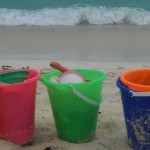
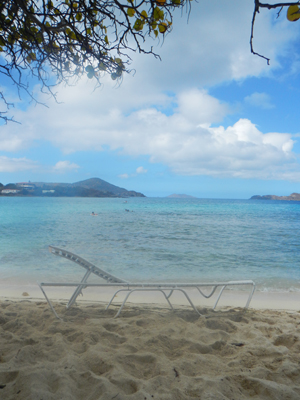
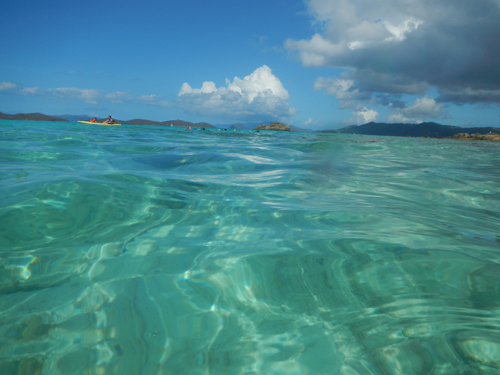
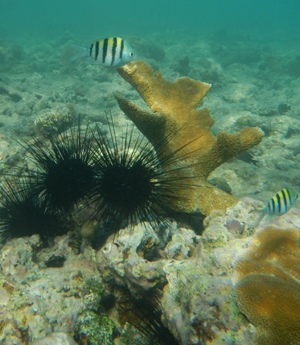
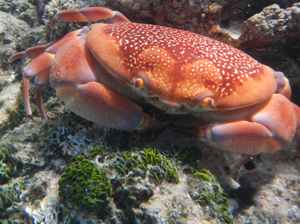
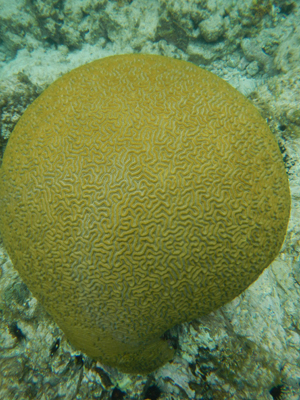
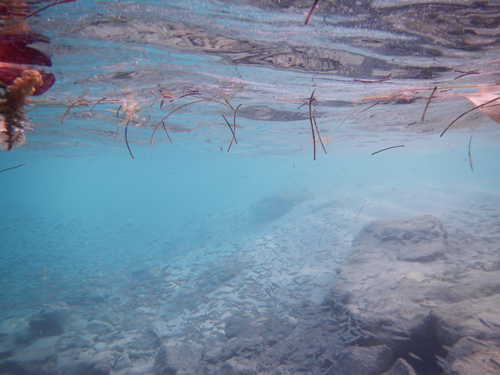
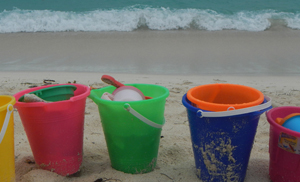
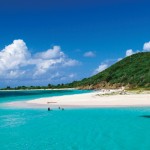






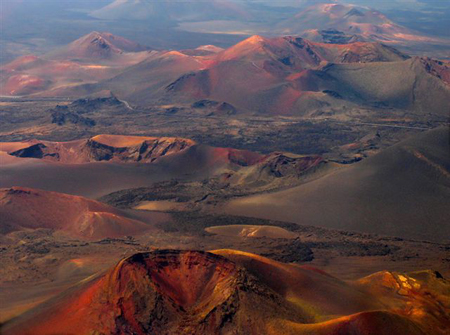
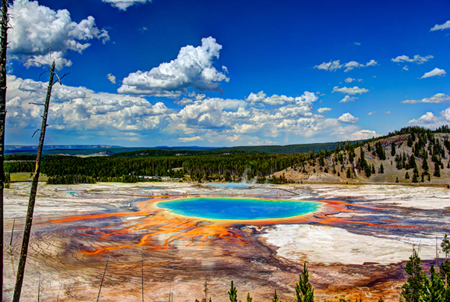
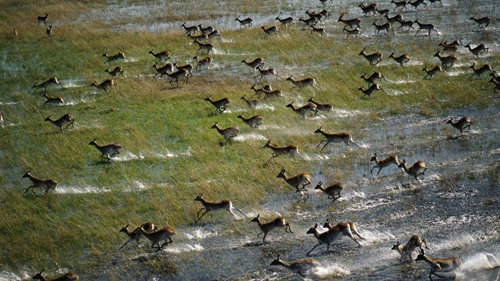
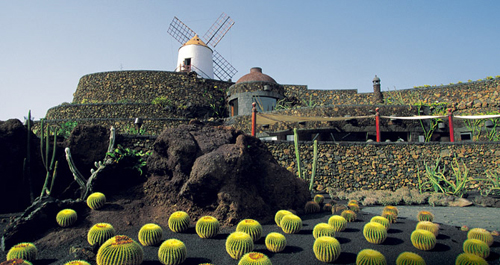
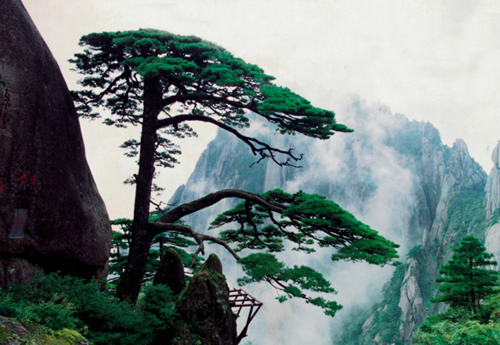
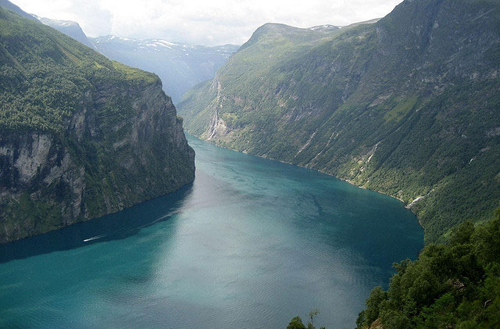
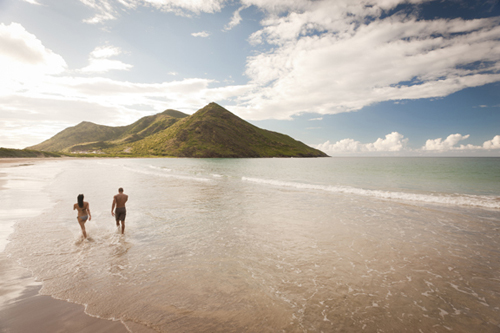

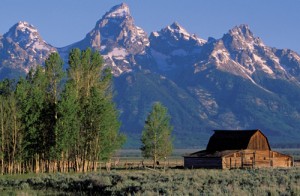
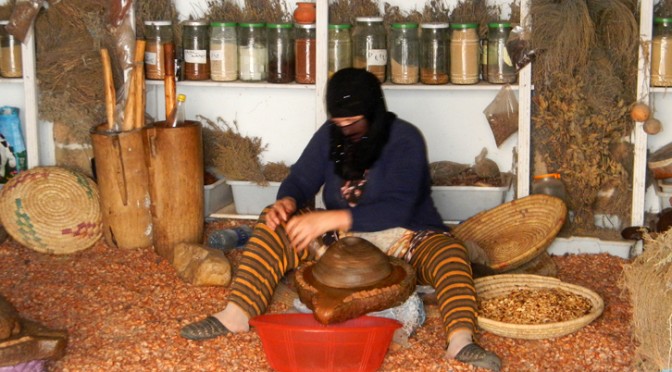









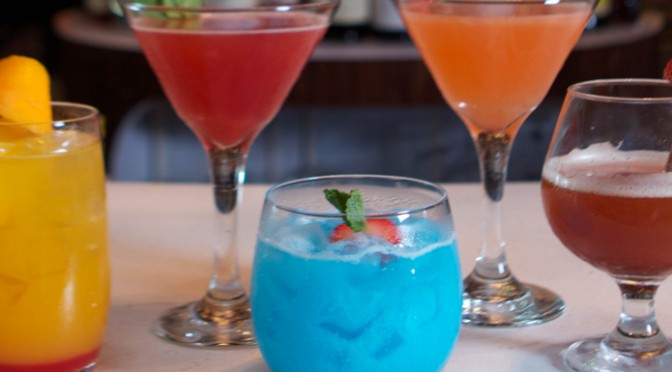
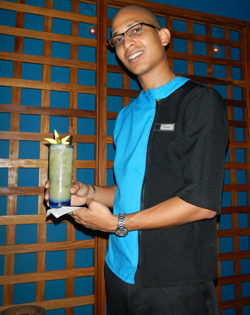
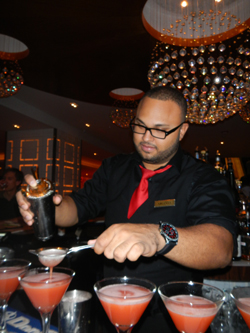
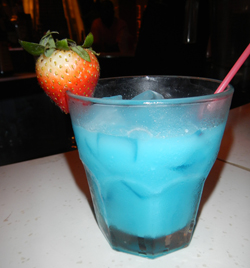
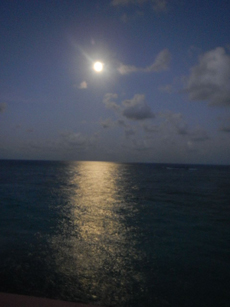

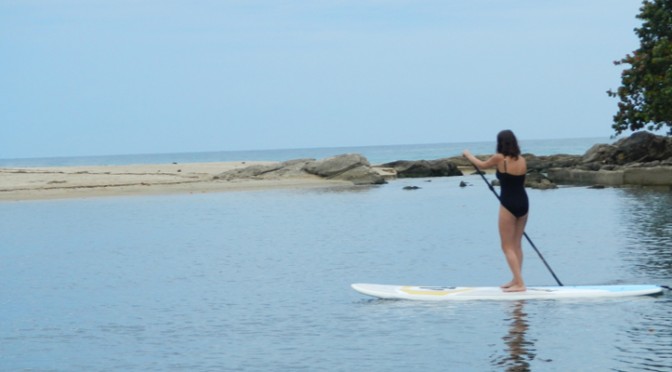







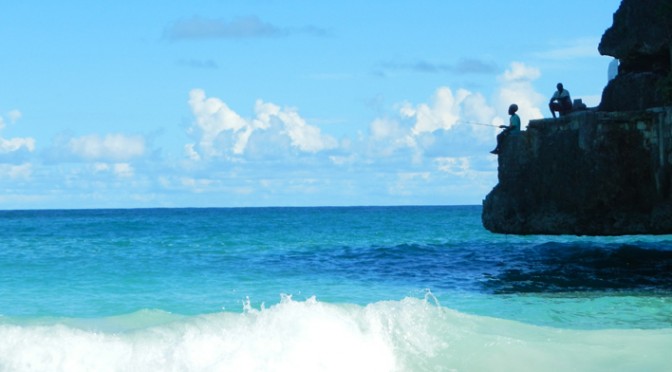






Recent Comments